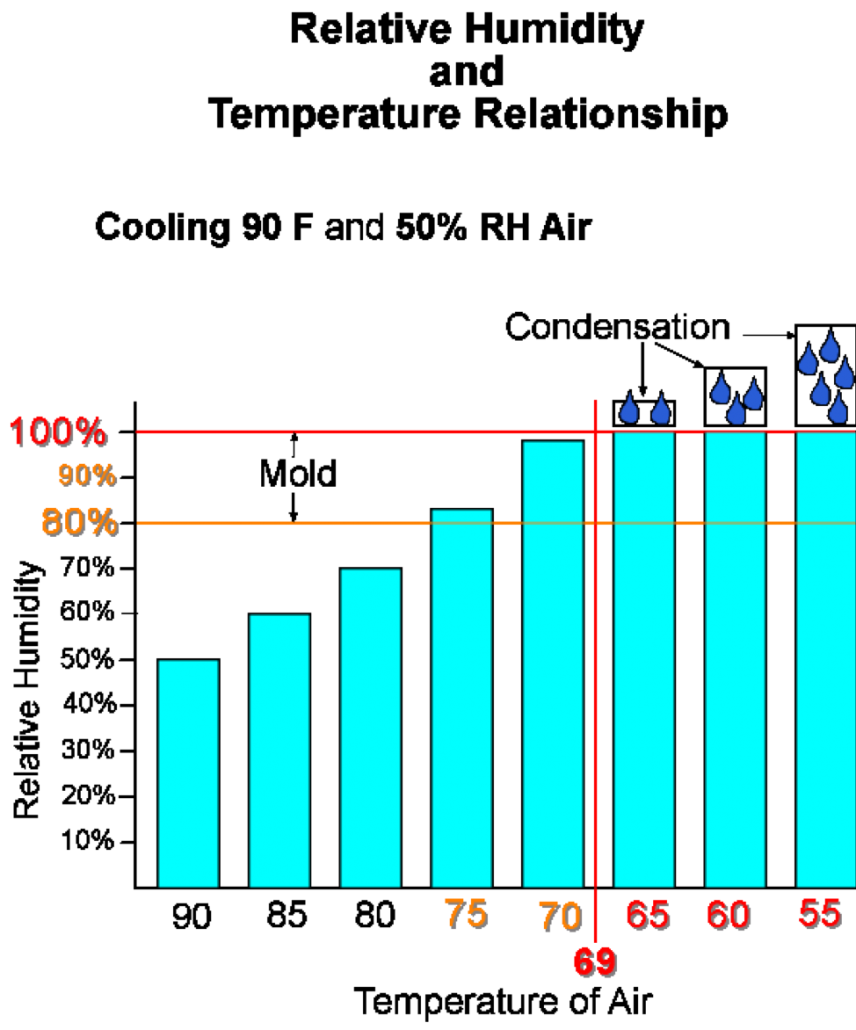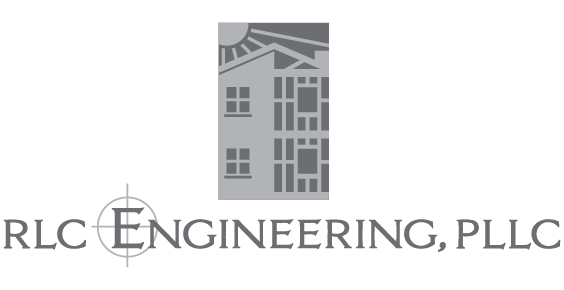About Relative Humidity
Relative Humidity is a characteristic of air, and indicates a measure of the amount of moisture in the air. When the relative humidity is high, the air feels clammy or muggy. We may sweat more and have a hard time staying cool. When the relative humidity is low, our lips get chapped, skin dries and cracks, and things contacting our skin feel a little rougher. Other living (or once-living) things like plants, insects, mold and wood also react to changes in relative humidity.
Relative humidity is a ratio or the “relative” amount of moisture in the air, as compared to the maximum amount of moisture the air can hold at that temperature. For example, air with a relative humidity of 50% contains one half the amount of moisture the air can hold at that temperature. Warmer air can hold more moisture than colder air, so when air is warmed, its relative humidity decreases. Air a 70 degrees and 50% RH will have a RH of only 25% when heated to 90 degrees. Conversely, the 70 degree, 50% RH air will have a 100% relative humidity when cooled to 50 degrees. The following chart show the changes in relative humidity as 90 degree/ 50% RH air is cooled. At about 76 degrees, the RH becomes 80%, allowing mold to grow. At about 69 degrees, condensation starts to form.
Controlling relative humidity in a building is important because of its affects on both the structure and living organisms within the building. People are most comfortable in a relative humidity of 30-60% while mold grows best at relative humidity over 80%. Dust mites like a relative humidity over 60%, and can be controlled by maintaining a RH below 50%. Wood expands at higher RH, and shrinks at low RH. Situations where hardwood floors cup, warp or gap are usually caused by RH problems. An ideal situation would be a stable indoor relative humidity between 30 and 50% all year long.

How to Determine relative humidity
Several methods are available for determining relative humidity (RH). The easiest method is to purchase a digital hygrometer, or thermo-hygrometer. These devices can cost less than $50, and often provide temperature as well as RH readouts. Though these inexpensive devices are not the most accurate, they can show trends and indications of potential problems. More accurate devices can cost $100 and up.
These inexpensive hygrometers can be calibrated (more accurately “interpreted”) for more accurate readings. To calibrate, fill a small soup bowl 2/3’s full with tap water. Add table salt and stir until no more salt dissolves, and some salt crystals remain in the bottom of the bowl. Add another teaspoon of salt just to be sure. Place the bowl of salty water and the hygrometer in a large plastic bag (Make sure the hygrometer does not get wet), seal the bag shut, and read the RH after about 6 hours. The reading should be about 75% RH. If not, add or subtract the difference as a calibration factor. For example, if your hygrometer reads 70%, you should add 5% to all readings. If the reading was 85%, you should subtract 10% from all readings.
A second method for determining relative humidity is by using a simple thermometer, a glass of ice water and a psychometric chart.
Step 1. Measure the temperature of the air with the thermometer.
Step 2. Fill a metal or thin glass drinking glass 2/3’s full with tap water. Add a few ice cubes and stir with the thermometer.
Step 3. Watch the outside of the glass as you stir. A s soon as you see condensation (a haze) form on the outside of the glass, read the thermometer.
Step 4. Find the two temperatures on a psych chart to determine the relative humidity from your readings.



